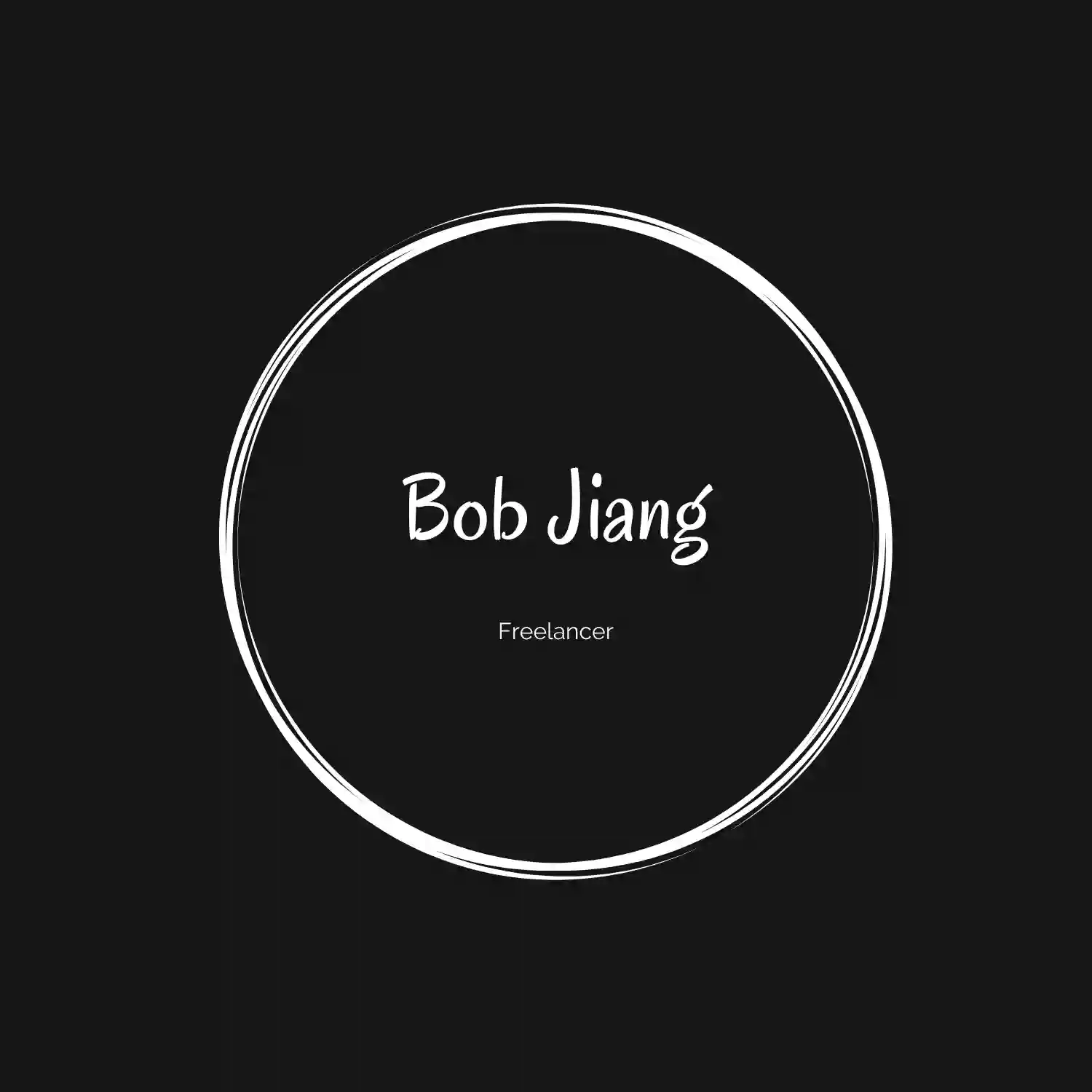Learning from Boston SA F2F sprint2 (EN)
Keywords: “double loop learning”, “retrospective”, “Scrum”
- What inspires me to think about double loop learning
- Scrum is double loop learning (1977 HBR)
1. Before going to Boston, I read a wonderful article from HBR (https://hbr.org/1977/09/double-loop-learning-in-organizations), which illustrates learning in organizations, aka named double loop learning.
To explain it in a short sentence, e.g during our discussion (Boston SA F2F sprint2), we came up an item from product backlog, which is about ensuring core Scrum accurate in SA web content. From my understanding, facing such problem, I would prepare a list of current problem/mistakes in SA web content, and then order them, and fix them.
But before we discussing, Jim York (please correct me if I am wrong), ask a question, “how do we ensure SA won’t make similar mistakes?” That’s a great question, which makes all think about the process of solving problem. And I am shocked by this question. I have never think about question like that. (Is it the different thinking model between Chinese and American? Or maybe in specific, just difference between Jim and me?)
At that time, suddenly I recall the double loop learning, isn’t it some kind of double loop learning? More details, thinking as me, just try the problem solving solution, which is single loop learning. It results that I only can fix the problem. Thinking as Jim, considering problem-solving process first, and then try to fix the problem, which is double loop learning. Fixing problem is the first loop, and fixing the process is the second loop. Thank Jim very much!
I won’t miss this key learning from Boston!
2. Scrum is also double loop learning. Exam Scrum deeply, there are 2 inspect and adapt events by the end of the sprint, which are Sprint Review and Sprint Retrospective. Let’s say Sprint Review is the first loop learning, which is inspect and adapt the product team just develiered. And Sprint Retrospective is the second loop learning, which is inspect and adapt the ways of working in the team.
So every sprint, the team not only learns knowledge from the product they delivered, also learns how they works together.
And I am not sure whether Jeff Sutherland also learned from this model. (Note: double loop learning model is from Chris Argyris, article published in 1977 in Harvard Business Review)
2017.3.6
BoB Jiang@Boston

